Category

Recent Products
-
 Grafted Macadamia Seedlings (MRG20)
Grafted Macadamia Seedlings (MRG20)
KSh 400.00Original price was: KSh 400.00.KSh 350.00Current price is: KSh 350.00. -
 Plum Seedlings
Plum Seedlings
KSh 1,000.00Original price was: KSh 1,000.00.KSh 600.00Current price is: KSh 600.00. -
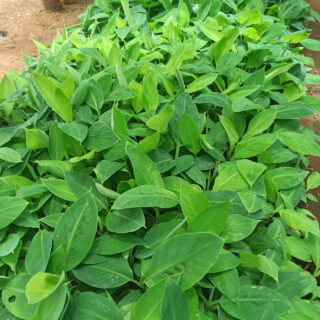 Tissue Culture Banana Seedlings
KSh 250.00 – KSh 500.00
Tissue Culture Banana Seedlings
KSh 250.00 – KSh 500.00
-
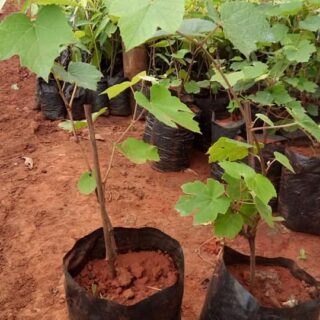 Grapes Seedlings
Grapes Seedlings
KSh 500.00Original price was: KSh 500.00.KSh 300.00Current price is: KSh 300.00. -
 Grafted Apple Seedlings
Grafted Apple Seedlings
KSh 1,000.00Original price was: KSh 1,000.00.KSh 600.00Current price is: KSh 600.00. -
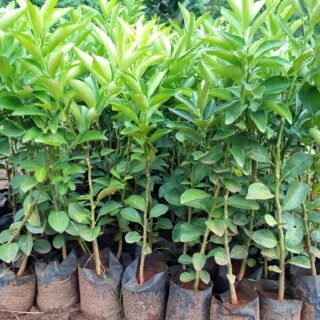 Grafted Pixie Orange Seedlings
Grafted Pixie Orange Seedlings
KSh 350.00Original price was: KSh 350.00.KSh 250.00Current price is: KSh 250.00. -
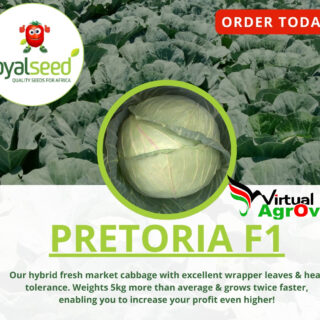 Hybrid Cabbage Pretoria F1
KSh 1,220.00 – KSh 2,680.00
Hybrid Cabbage Pretoria F1
KSh 1,220.00 – KSh 2,680.00
-
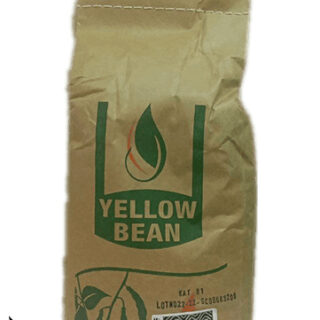 Yellow beans 2kg
Yellow beans 2kg
KSh 1,520.00Original price was: KSh 1,520.00.KSh 1,180.00Current price is: KSh 1,180.00. -
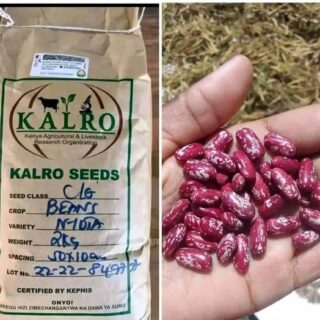 Nyota Beans 2Kg
Nyota Beans 2Kg
KSh 1,850.00Original price was: KSh 1,850.00.KSh 1,460.00Current price is: KSh 1,460.00. -
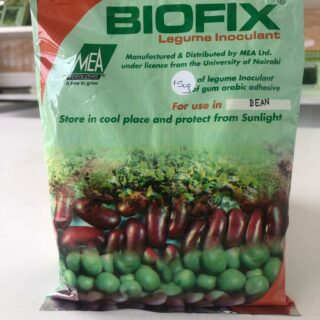 BIOFIX
BIOFIX
KSh 1,050.00Original price was: KSh 1,050.00.KSh 950.00Current price is: KSh 950.00.
On Sale Products
-
 Grafted Macadamia Seedlings (MRG20)
Grafted Macadamia Seedlings (MRG20)
KSh 400.00Original price was: KSh 400.00.KSh 350.00Current price is: KSh 350.00. -
 Tissue Culture Banana Seedlings
KSh 250.00 – KSh 500.00
Tissue Culture Banana Seedlings
KSh 250.00 – KSh 500.00
-
 Coopers Milking Salve
KSh 60.00 – KSh 1,370.00
Coopers Milking Salve
KSh 60.00 – KSh 1,370.00
-
 Proline Puppy Food
Proline Puppy Food
KSh 2,000.00Original price was: KSh 2,000.00.KSh 1,650.00Current price is: KSh 1,650.00. -
 Poultry chicken Feeder
KSh 230.00 – KSh 700.00
Poultry chicken Feeder
KSh 230.00 – KSh 700.00
-
 Fugo Dairy Meal
KSh 1,350.00 – KSh 3,625.00
Fugo Dairy Meal
KSh 1,350.00 – KSh 3,625.00
-
 Amistar fungicide
Amistar fungicide
KSh 5,000.00Original price was: KSh 5,000.00.KSh 4,650.00Current price is: KSh 4,650.00. -
 Soil Testing Services
Soil Testing Services
KSh 3,300.00Original price was: KSh 3,300.00.KSh 2,850.00Current price is: KSh 2,850.00. -
 Gam Chaff Cutter
KSh 42,000.00 – KSh 65,000.00
Gam Chaff Cutter
KSh 42,000.00 – KSh 65,000.00
-
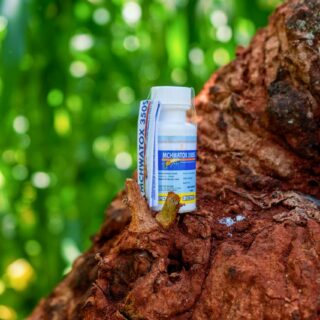 Mchwatox 350SC
Mchwatox 350SC
KSh 650.00Original price was: KSh 650.00.KSh 550.00Current price is: KSh 550.00. -
 GIANT NIGHTSHADE. (MANAGU)
KSh 250.00 – KSh 350.00
GIANT NIGHTSHADE. (MANAGU)
KSh 250.00 – KSh 350.00
Grafted Macadamia Seedlings (MRG20)
KSh 400.00 Original price was: KSh 400.00.KSh 350.00Current price is: KSh 350.00.
Grafted Macadamia Seedlings sold at Farmers Trend nurseries are certified and of high productive variety known as Muranga 20. The most prefered Macadamia variety in Kenya
As farmers transition from traditional crops like coffee and maize, macadamia farming is emerging as a lucrative alternative, offering a path to financial success. The reasons for this shift are clear: macadamia nuts are a high-value crop with strong global demand, fetching premium prices in the international market.
Grafted Macadamia Seedlings sold at Farmers Trend nurseries are certified and of high productive variety known as Muranga 20. The most prefered Macadamia variety in Kenya
As farmers transition from traditional crops like coffee and maize, macadamia farming is emerging as a lucrative alternative, offering a path to financial success. The reasons for this shift are clear: macadamia nuts are a high-value crop with strong global demand, fetching premium prices in the international market.
This golden opportunity isn’t without its considerations. Selecting the right macadamia seedling variety is crucial for maximizing yields and profits. Here’s where the Muranga 20 variety shines.
The Superiority of Muranga 20 Grafted Macadamia Seedlings
1. Higher Yield Potential
Muranga 20 grafted macadamia seedlings are renowned for their exceptional yield potential. These macadamia seedlings are specifically bred to produce more nuts per tree compared to traditional varieties. Farmers can expect an increase in yield by up to 40%, translating to higher income and better returns on investment.
2. Early Maturity
One of the most significant advantages of Muranga 20 is its early maturity. While traditional macadamia trees may take up to seven years to start bearing nuts, Muranga 20 seedlings begin production as early as three to four years after planting. This early return on investment is crucial for farmers seeking quicker financial gains and reduced waiting periods.
3. Disease Resistance
Muranga 20 seedlings exhibit strong resistance to common diseases and pests that affect macadamia trees. This resistance reduces the need for chemical treatments, lowering production costs and ensuring healthier, organic nuts. The robust nature of these seedlings makes them a reliable choice for farmers aiming for sustainable farming practices.
4. High-Quality Nuts
The nuts produced by Muranga 20 trees are of superior quality, characterized by their larger size, uniformity, and excellent kernel recovery rate. These attributes are highly sought after in both local and export markets, where buyers are willing to pay a premium for top-grade macadamia nuts. The high-quality output ensures that farmers remain competitive in the market and can command better prices.
5. Adaptability to Various Climates
Muranga 20 grafted macadamia seedlings are highly adaptable to different climatic conditions across Kenya. Whether in highland or lowland regions, these seedlings thrive, making them a versatile choice for farmers in diverse geographical locations. This adaptability ensures consistent production and reduces the risk associated with climate variability.
Best Ecological Conditions for Growing Muranga 20 Grafted Macadamia Seedlings
Soil Requirements
- Soil pH: Macadamia trees thrive in slightly acidic to neutral soils with a pH range of 5.0 to 6.5. It is essential to test the soil pH before planting and amend it if necessary.
- Soil Type: Well-drained, deep, loamy soils are ideal for macadamia cultivation. Avoid heavy clay soils that retain water and sandy soils that drain too quickly.
Climate and Temperature
- Temperature: Macadamia trees grow best in areas with temperatures ranging between 16°C to 25°C. They can tolerate temperatures up to 30°C, but extreme heat or frost can damage the trees.
- Altitude: Optimal growth occurs at altitudes between 600 to 1,500 meters above sea level.
Rainfall and Irrigation
- Rainfall: Macadamia trees require an annual rainfall of 1,200 to 2,100 mm, evenly distributed throughout the year. However, they are sensitive to waterlogging, so proper drainage is crucial.
- Irrigation: In regions with insufficient rainfall, supplemental irrigation is necessary, especially during dry spells and the flowering and nut development stages.
Intercropping
- Suitable Crops: Macadamia trees can be intercropped with short-term crops such as beans, peas, and vegetables during the early years before the canopy closes. This practice optimizes land use and provides additional income.
- Avoidance: Avoid planting crops that compete heavily for water and nutrients or those that may harbor pests and diseases affecting macadamia.
Planting Density and Spacing
- Planting Density: For optimal growth and yield, it is recommended to plant about 70 to 100 trees per acre.
- Spacing: The ideal spacing is 7 meters by 7 meters, providing enough room for each tree to develop a full canopy and allowing sufficient air circulation to minimize disease.
Preparing the Planting Holes
- Size: Dig planting holes at least 60 cm deep and 60 cm wide.
- Filling: Mix the topsoil with well-decomposed compost or manure to enrich the planting hole. Fill the hole halfway with this mixture.
- Planting: Place the seedling in the hole, ensuring the graft union is above the soil level. Fill the rest of the hole with the soil mixture and firm it around the base of the seedling.
- Watering: Water the newly planted seedling thoroughly to help establish the roots.
Expected Yields
- Initial Yield: Trees begin bearing nuts 3 to 4 years after planting. In the early years, yield may be modest, averaging around 10 to 30 kg of nuts per tree.
- Mature Yield: At full maturity (7 to 10 years), each tree can produce between 50 to 80 kg of nuts annually, depending on care and environmental conditions.
Additional Important Considerations
- Pruning: Regular pruning is necessary to maintain tree shape, remove dead or diseased branches, and improve air circulation.
- Fertilization: Apply balanced fertilizers based on soil test recommendations. Micronutrients like zinc and boron are crucial for macadamia health.
- Pest and Disease Management: Monitor for common pests such as thrips and stink bugs, and manage diseases like anthracnose and root rot with appropriate measures.
- Mulching: Apply organic mulch around the base of the trees to conserve soil moisture, regulate temperature, and suppress weeds.
- Harvesting: Harvest nuts when they fall naturally to the ground. Prompt collection helps maintain nut quality and reduces the risk of pest infestation.
Related
Discover more from Virtual Agrovet
Subscribe to get the latest posts to your email.
General Inquiries
There are no inquiries yet.
Related products
-
Quick View
Mchwatox 350SC
KSh 650.00Original price was: KSh 650.00.KSh 550.00Current price is: KSh 550.00.0 out of 5Add to cartMchwatox 350SC is an insecticide that contains Imidacloprid 350SC for the treatment of the soil to control subterranean termites. It is a highly effective termiticide providing permanent solutions containing concentrated amounts of imidacloprid.
DAWA YA MCHWA
-
Quick View
Yellow beans 2kg
KSh 1,520.00Original price was: KSh 1,520.00.KSh 1,180.00Current price is: KSh 1,180.00.Add to cartYellow beans generally thrive in hot conditions and can perform well even under partial shade from trees or banana plants.
With their compact size, impressive yield potential, and disease resistance, offer Kenyan farmers a valuable addition to their agricultural repertoire
-
Quick View
Easy Gro Starter 1kg
KSh 855.00Original price was: KSh 855.00.KSh 625.00Current price is: KSh 625.00.Add to cartEasy gro Starter is a water soluble fertilizer with NPK 18:20:21 and micro-elements for foliar feeding and fertigation. Suitable for plant growth periods that require relatively high nitrogen and phosphorus levels especially during early stages of the plant/planting time. It boosts the plant and give it a healthy and stronger start. This fertilizer is highly water soluble product readily taken up by plants
-
Quick View
Actellic Super Insecticide
KSh 3,000.00Original price was: KSh 3,000.00.KSh 2,520.00Current price is: KSh 2,520.00.Add to cart1KG
It is a broad spectrum insecticidal dust for the control of stored maize and small grain cereals pests, including control of Larger Grain Borer.


Subscribe via Email
Recent Posts
- The Hidden Dangers of Pesticides: A Call for Awareness and Responsibility
- The Art of Tree Fertilization: A Guide to Proper Technique and Care
- Nyota Beans Farming in Kenya: A “Shining Star” for Better Nutrition
- Comprehensive Guide to Achieving Success in Onion Farming in Kenya
- Understanding Copper’s Essential Role in Plant Growth 🌱
- Synchronization of life stages across individuals in black soldier fly Production
- The Harmony of Nutrients: Exploring Potassium’s Role in Soil Fertility
- Unlocking Plant Health: The Power of Potassium in Disease Resistance
- Powering Growth: The Crucial Role of Potassium in Photosynthesis
- Diving into the Roots of Nutrition: Phosphorus Uptake in Plants
- The Balancing Act: Calcium and Its Complex Dance with Other Nutrients
- Cultivating Sustainability: Transforming Agriculture Through Plant Biostimulants
- Impact of Nitrogen Fertilizers on Soil Health
- Methods and Benefits of Seed Priming
- The Vital Role of Nitrogen in Plant Physiology
Featured Products
-
 Knapsack Sprayer pump 20l
Knapsack Sprayer pump 20l
KSh 2,100.00Original price was: KSh 2,100.00.KSh 1,900.00Current price is: KSh 1,900.00. -
 Rake Complete With Handle
KSh 485.00
Rake Complete With Handle
KSh 485.00
-
 Coopers Triatix Stock Spray
KSh 107.00 – KSh 315.00
Coopers Triatix Stock Spray
KSh 107.00 – KSh 315.00
-
 Poultry chicken Feeder
KSh 230.00 – KSh 700.00
Poultry chicken Feeder
KSh 230.00 – KSh 700.00
-
 SC Sungura 301 Maize Seed
SC Sungura 301 Maize Seed
KSh 590.00Original price was: KSh 590.00.KSh 530.00Current price is: KSh 530.00. -
 Maclik Super Cow Salt
KSh 150.00 – KSh 530.00
Maclik Super Cow Salt
KSh 150.00 – KSh 530.00
-
 Coopers Milking Salve
KSh 60.00 – KSh 1,370.00
Coopers Milking Salve
KSh 60.00 – KSh 1,370.00
-
 Binastore Wheelbarrow
Binastore Wheelbarrow
KSh 4,500.00Original price was: KSh 4,500.00.KSh 4,200.00Current price is: KSh 4,200.00. -
 GIANT NIGHTSHADE. (MANAGU)
KSh 250.00 – KSh 350.00
GIANT NIGHTSHADE. (MANAGU)
KSh 250.00 – KSh 350.00
-
 CORIANDER DANIA SEEDS - 250G
CORIANDER DANIA SEEDS - 250G
KSh 1,250.00Original price was: KSh 1,250.00.KSh 965.00Current price is: KSh 965.00.


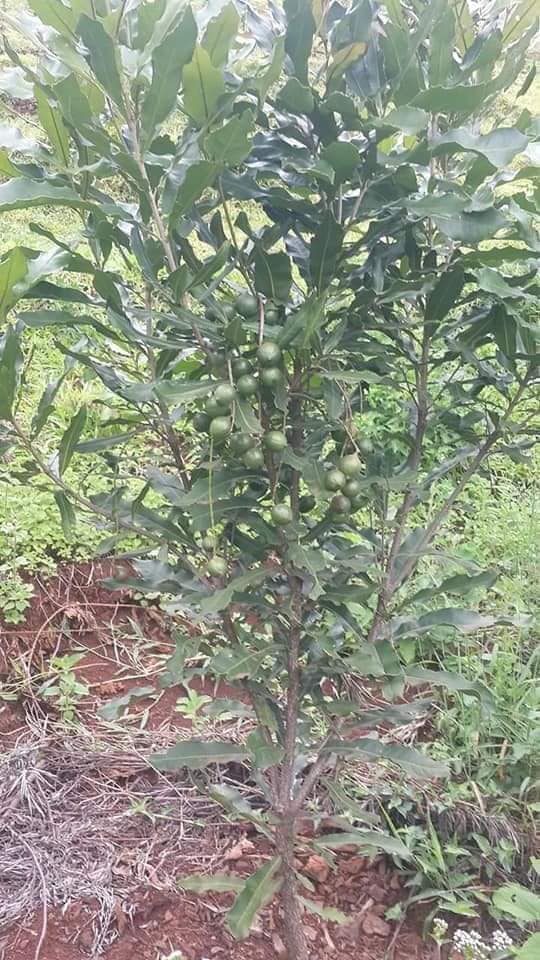
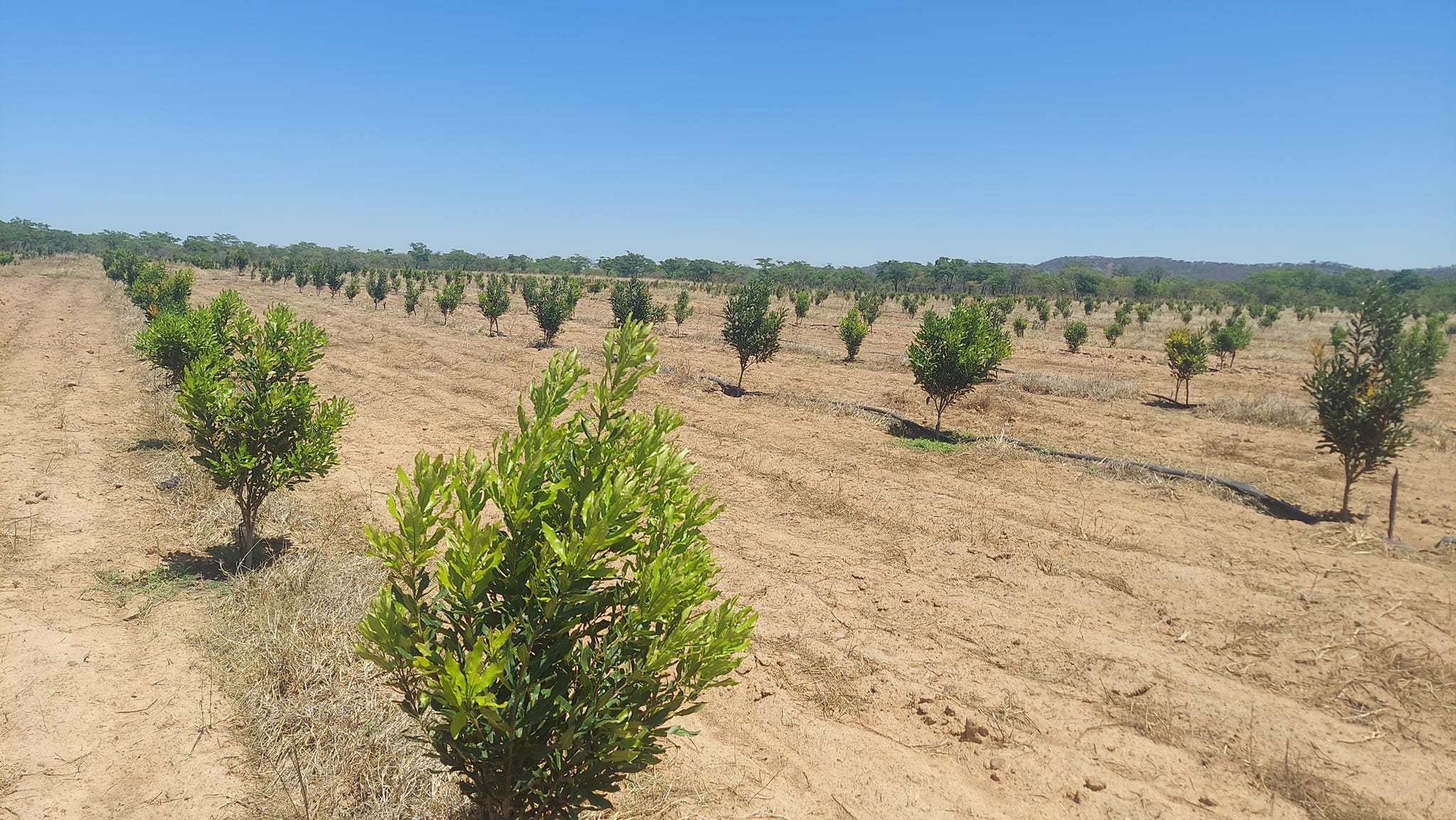
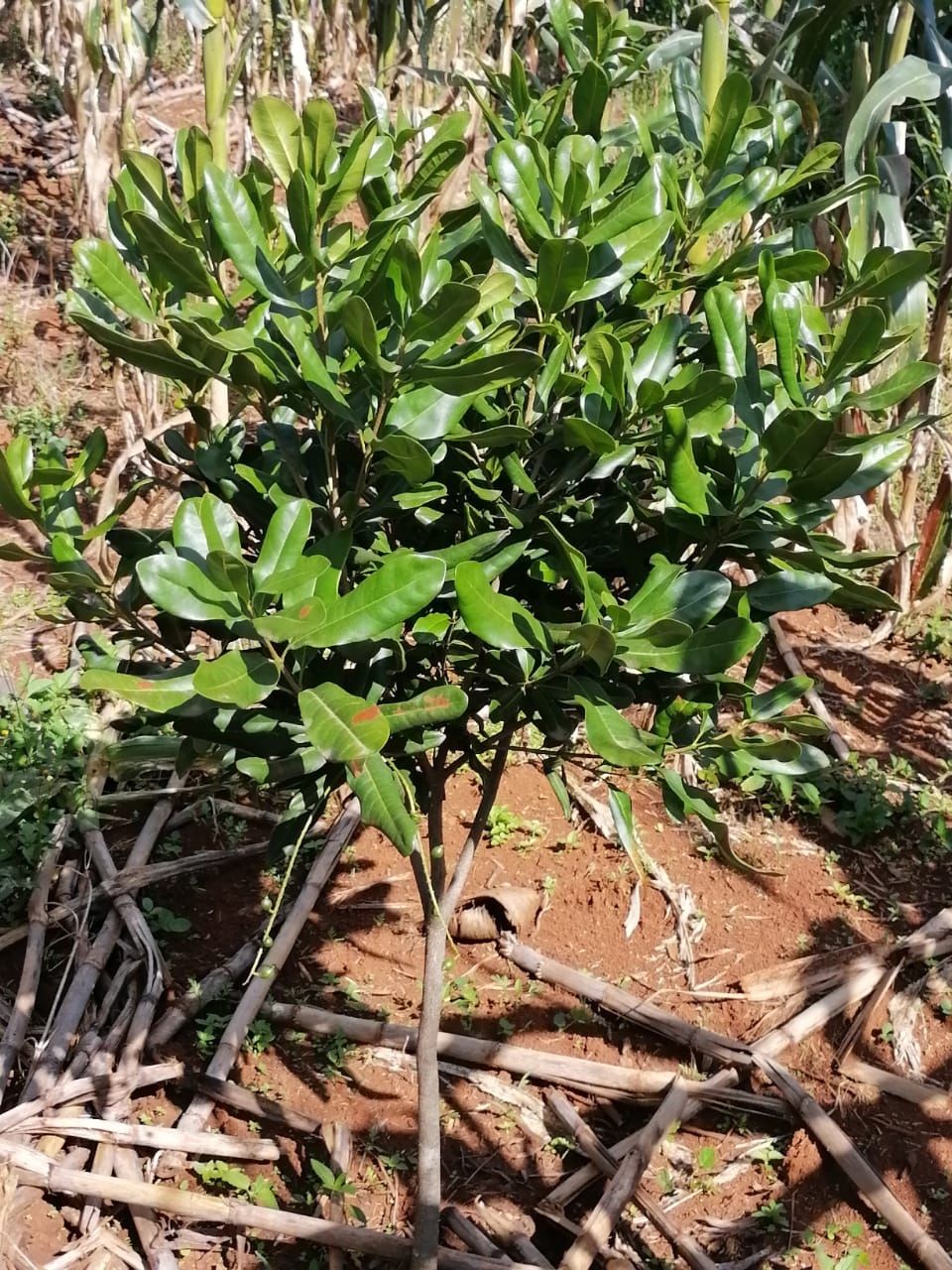

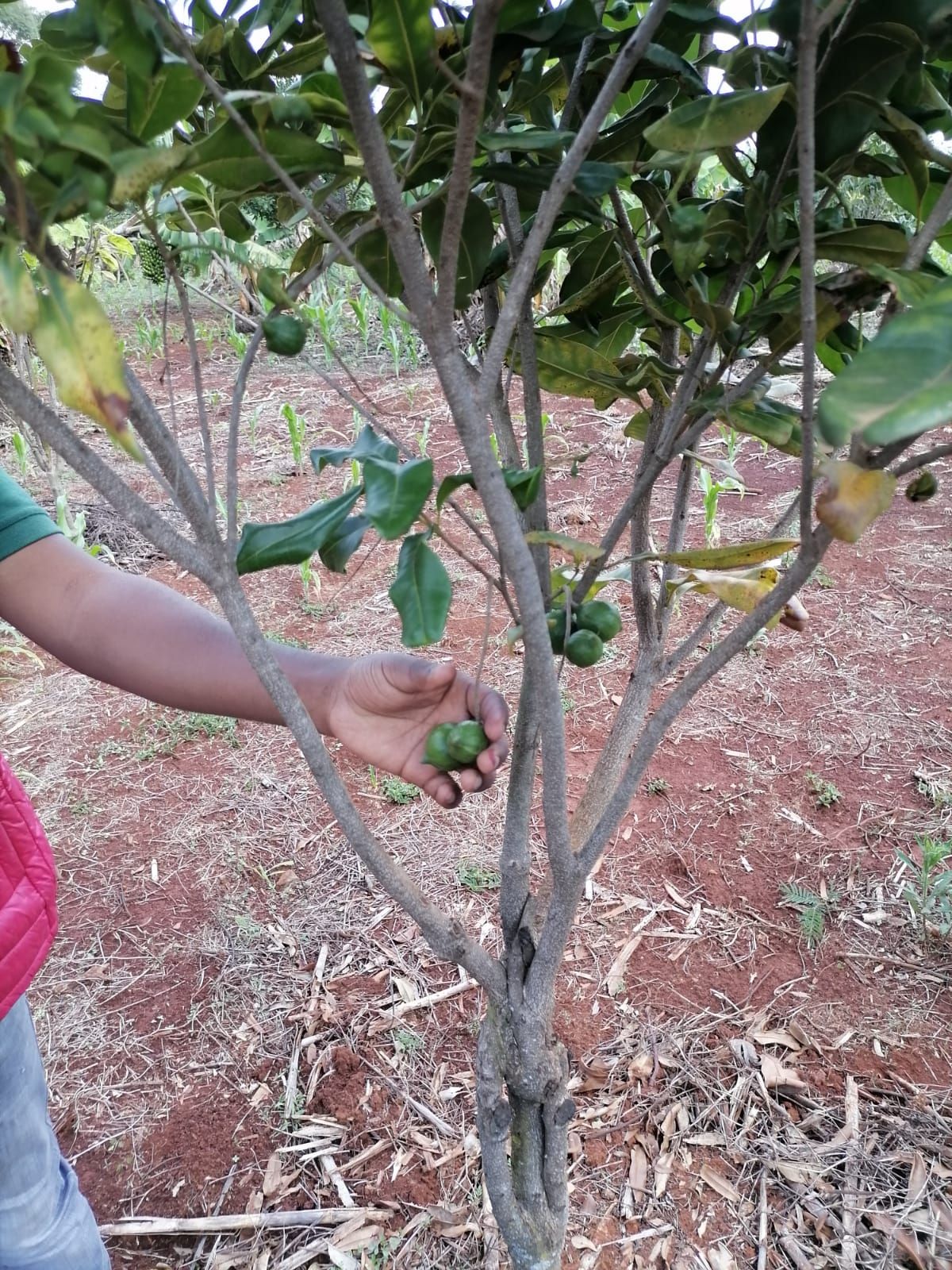

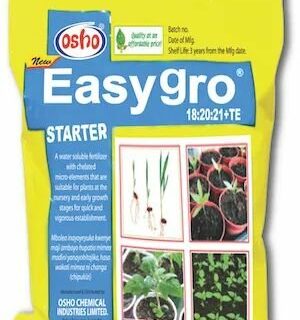

Reviews
There are no reviews yet.